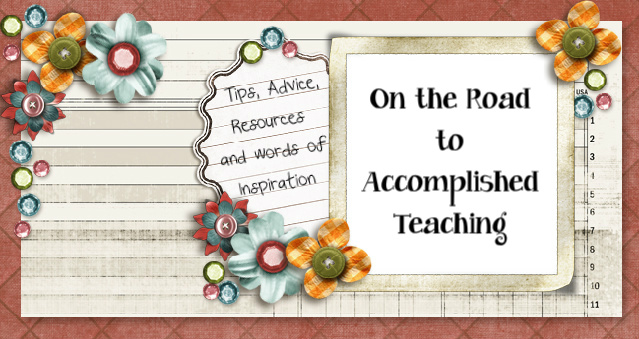Have you ever walked into a chaotic classroom?
Well I have, and I usually witness a familiar pattern:
- There is a center of activity, with other students watching
- It is a loud and noisy atmosphere.
- Students will be seen looking for a reaction from an adult presence. Without an adult reaction, it's "party time!"
Establish authority. You must be in charge of the situation, and you must establish the leadership of the classroom. It's important for you to create a sense of adult presence - this will bring calm to the classroom. Here are some examples of what to do and what to say:
What to do:
- Look around the classroom and establish eye contact with the students. Look around the room slowly.
- Stand apart from the chaos and be a center of calm.
- Have your feet apart and your body fully visible. Have your arms crossed or on your hips.
- Do not lose control, yell, or bark orders. Speak in a medium volume with medium energy.
- Do not apologize "Would you please be quiet?" or ask politely. Demand attention and compliance.
- Give time between brief verbal orders. Walk towards the chaotic centers, but keep at a distance from it.
- Do not copy the frenetic energy or loud volume of the classroom - be a center of calm.
- Have an activity (a hand-out or a simple activity on the board that the students can handle independently.)
To establish calm and get students to ease away from a high energy situation, you have to speak in simple commands, using medium volume. Speak in measured tones - don't yell!
Only thank students for on-task behavior when they are on-task.
Only thank students for on-task behavior when they are on-task.
What to say:
- "All right, students, it's time to calm down and sit in your seats."
- "Students, play time is over. (pause for effect) "It's time to get back in your seats."
- " Let's stop this and get back to work."
- "You need to sit down. Now let's get to work."
Keep this mantra until students have settled down. Accept zero tolerance of off-task behavior. If individuals start playing, give eye contact and repeat your commands. Proximity may be helpful. Do not isolate or give public ridicule (this will backfire and agitate the situation.)
Safety issues must be addressed at once. Call for assistance if there's a fight or students are engaged in harmful activities that will hurt themselves or others.
Even veteran teachers look for ways to address volatile classroom behaviors. Remember that there is no one successful way to get students under control.
What do you do in these kinds of situations?
Queen Bee



